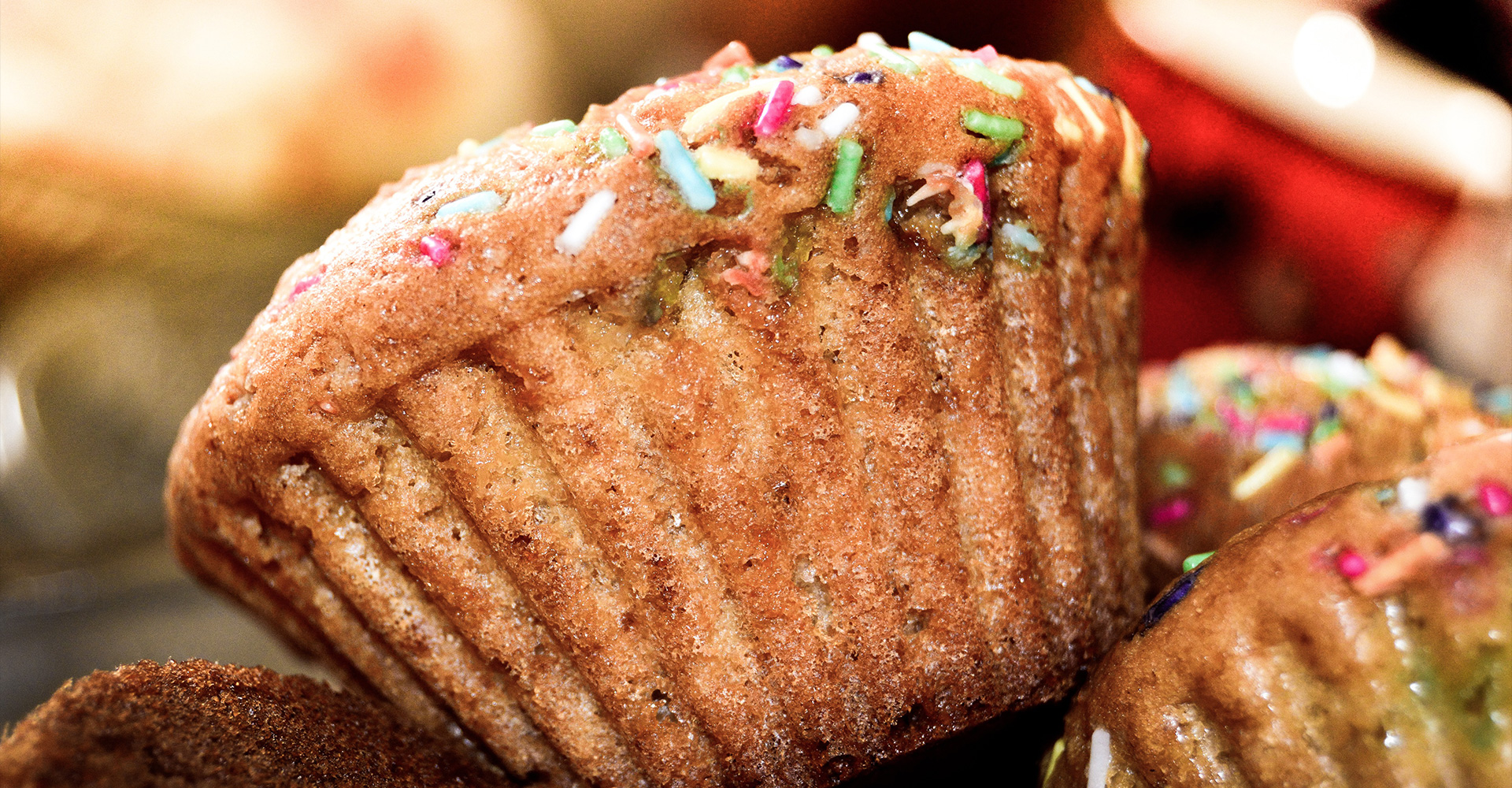The licensed funding specialists at Synergy Merchants have discussed numerous options with their clients concerning…
Oil Spill Puts Loons In Danger

Well, today Lesley Ciarula Taylor of The Toronto Star reports on just one of the many ways in which the horrific oil spill is affecting Canadians. Most specifically, a certain type of Canadian is experiencing some lasting negative effects at the hands of the thousands of barrels of oil being pumped into the Gulf of Mexico each day.
That Canadian would be the loon. The loon, which perhaps, is best known for adorning the face of the Canadian one dollar coin – thus, giving it the nickname “loonie” – is among the “up to 60 species of Canadian migratory birds that are in danger of being trapped in the toxic net of the Gulf of Mexico oil spill.”
Taylor reports that bird experts notice that dozens of Canadian bird species migrate to the south beginning in July. Sadly, this year that very migration has lead to the soiling (to put it mildly) of many of these birds, who all risk death, as a result.
In an interview with The Star, Ted Cheskey of Nature Canada said that “The Gulf is at the crossroads of the Americas for migrating birds. Several species are going to take huge hits. The reality is that birds seem not to be able to avoid it really well.”
In addition to loons, Taylor notes that “pelicans, ducks, geese, cormorants, gannets, herons and grebes are among the many species that could get sucked into the spill vortex during their migrations.” According to Greg Butcher, the director of bird conservation for the U.S. National Audubon Society, upwards of one billion birds may be affected by this tragic oil spill.
Canadians may be wondering what action, if any, may be taken by the United States to help wildlife who migrate from the north. Interestingly, Taylor reveals that there is a migratory bird treaty that exists between the North American nations. Therefore, the U.S. is responsible for helping the loons, and other birds that are affected by the oil spill.
Carrol Henderson, the non-game wildlife program supervisor of the Minnesota Department of Natural Resources reveals this, in addition to noting that the loon also happens to be the state bird of Minnesota. Helping these birds, are necessary, she mentions as birds see oil and water in the same way and are generally unable to tell the difference between the two.
Naturally, there are many who will fall victim to the polluted waters off the shores of Louisiana this summer.


